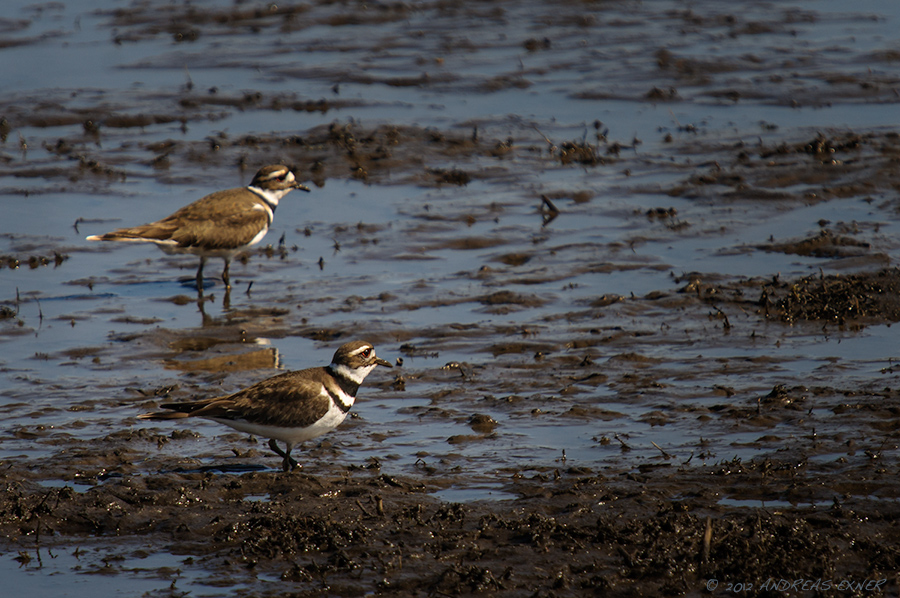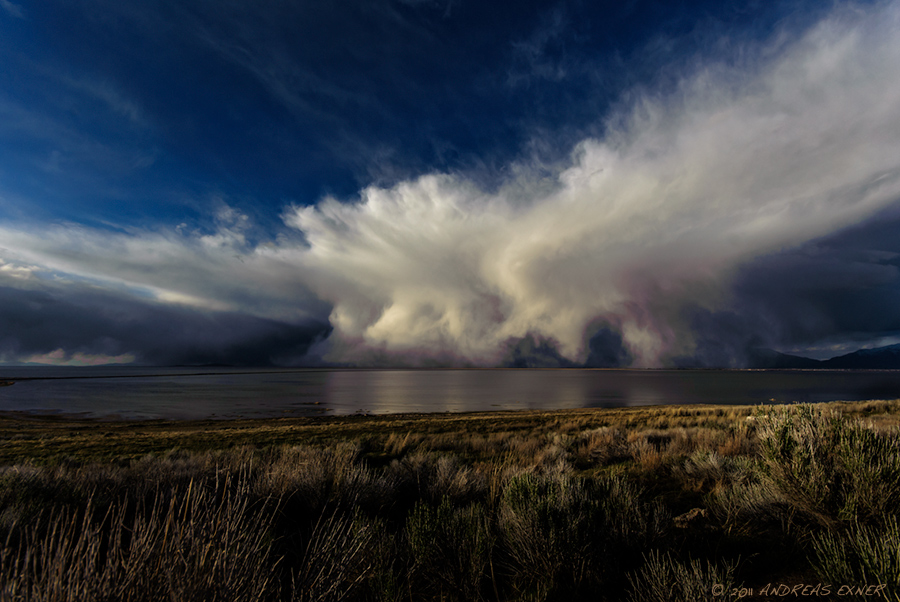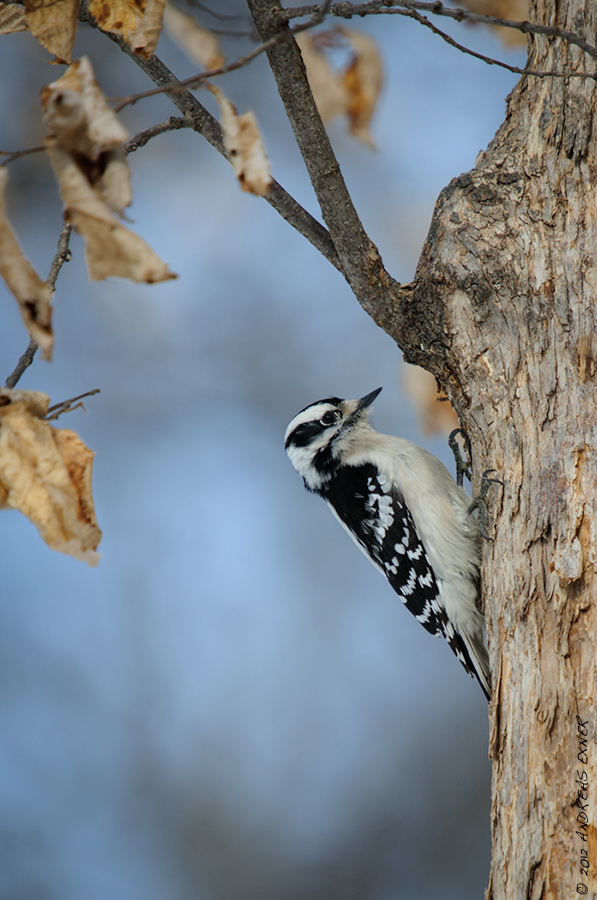What a great day we had yesterday for being outside. I spent seven hours in the Green Island Wetlands. Light was a little harsh in the first half of the afternoon but nevertheless there were lots of good opportunities to watch all kinds of critters. The water level is higher than it was a week ago and some mud banks are flooded again. Looks much nicer. American Coots are in the wetlands in large numbers and with the arrival of Green-winged Teals I had another first sighting again.
If you think Bald Eagles are majestic, just watch the American White Pelicans soar high on thermals. It is very impressive to see them flying with their slow and deep wing beats but watching them soaring in big formations is stunning. Another great experience is to see a squadron of pelicans fishing together. The problem at Green Island is that you can't come even close if you rely on your car. I like shooting from my car because, as I have written before, it works like a blind and most birds don't see it as a thread and and they don't fly away. The pelicans need a different tactic. They prefer the lakes in the wetlands that aren't accessible by car. I made a little hike and a very slow approach to a lake shore across from the pelican's resting and fishing place. This was already very late in the afternoon and the light was wonderful.
The high contrast between their white and black feathers requires a good amount of exposure compensation in order not to blow out the white completely. I prefer a darker tonality for my style of photography, and dialing in negative values (in this matter -1.5EV) is common practice anyway. It lets the colors pop and I never have to touch the saturation slider in Lightroom or Photoshop.
More to come, stay tuned…













